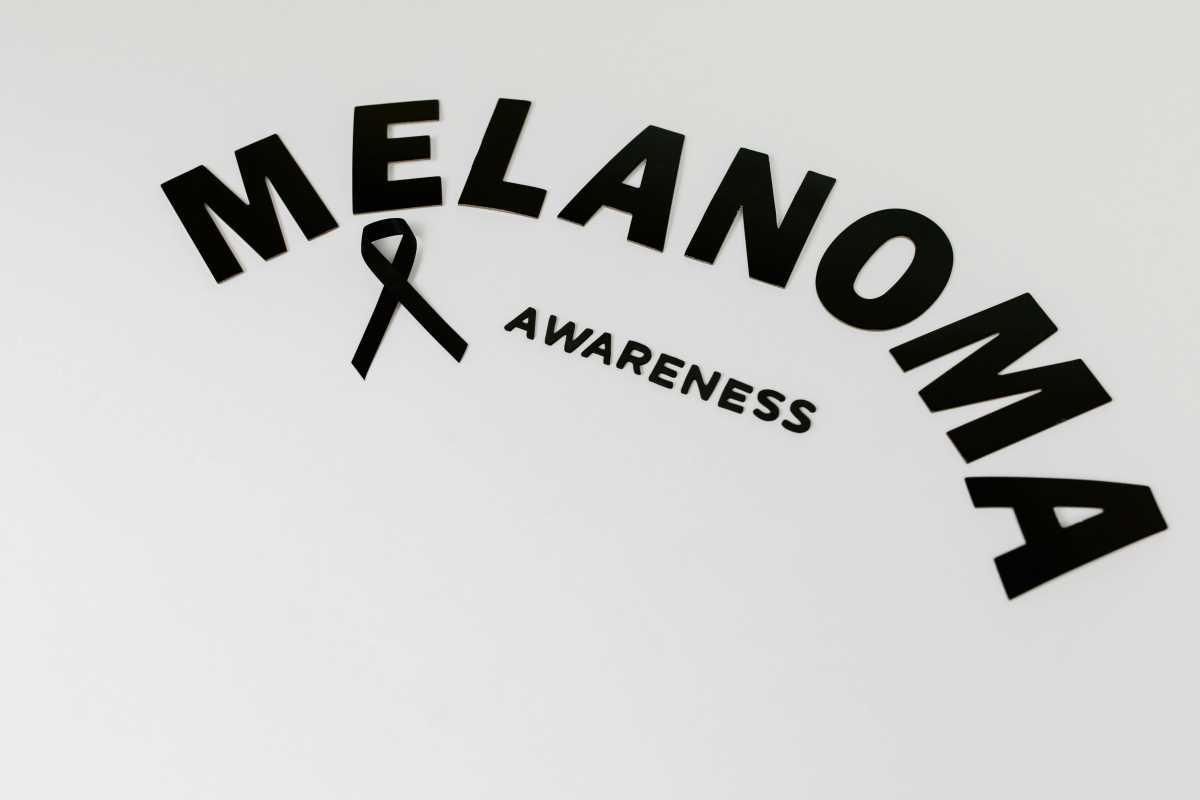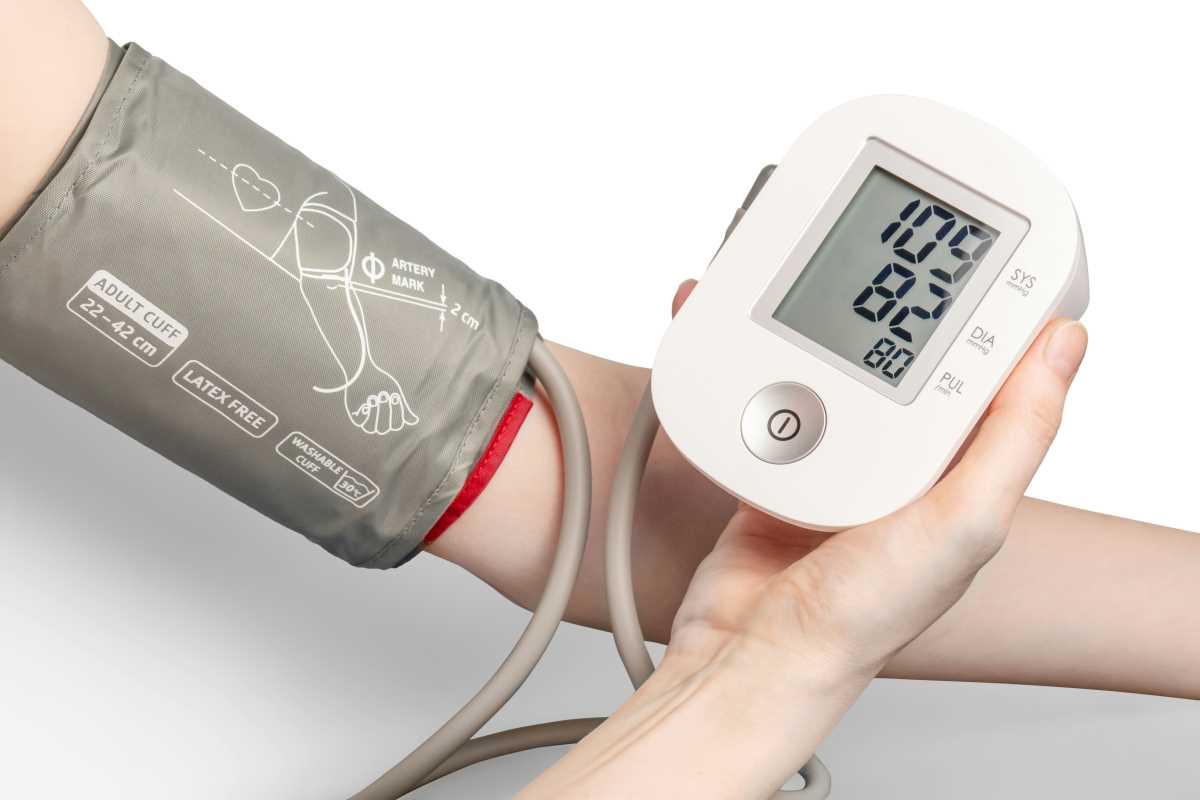When it comes to life-saving health topics, melanoma is the most dangerous form of skin cancer that becomes a considerable threat with age. Among the three main types of skin cancer, melanoma stands out as the most serious—and potentially the most deadly. The good news? When caught early, it’s highly treatable. Whether you’re a sun-worshipper or someone who prefers the shade, knowing the basics about melanoma can make all the difference.
This guide will take you through what melanoma is, its causes, risk factors, early warning signs, prevention tips, and available treatments. By the end, you’ll have the tools to protect your skin and health.
What Is Melanoma?
Melanoma is a type of skin cancer that begins in melanocytes, the cells responsible for producing melanin (the pigment that gives your skin its color). While it’s far less common than basal cell carcinoma or squamous cell carcinoma, it’s significantly more dangerous. That's because melanoma can grow quickly and spread to other parts of the body if not treated early.
Melanoma doesn’t only appear on sun-exposed skin. It can also develop in areas that are rarely exposed to sunlight, like the soles of your feet, under fingernails, and even inside your mouth or nose. That’s why it’s crucial to regularly check your skin from head to toe.
What Causes Melanoma?
The primary culprit behind melanoma is ultraviolet (UV) light exposure from the sun and tanning beds. UV rays damage skin cells, altering their DNA. Over time, this damage can cause cells to grow uncontrollably, leading to melanoma.
However, not all cases of melanoma are directly tied to UV exposure. Genetics, immune system issues, and certain medical conditions can also play a role.
Risk Factors for Melanoma
Anyone can develop melanoma, but certain factors can increase your risk. Here’s what to watch for:
1. Frequent Sun Exposure or Tanning Bed Use
Spending long periods in the sun without protection significantly ups your risk. Similarly, using tanning beds—often marketed as a "safe" alternative—elevates your chances of developing melanoma.
2. Fair Skin, Light Hair, and Freckles
If you have a fair complexion, red or blonde hair, and freckles, your skin is less protected against harmful UV rays, putting you at a higher risk.
3. A History of Sunburns
Severe, blistering sunburns, especially during childhood, can increase your melanoma risk later in life.
4. Family or Personal History
If you or a close family member has had melanoma, your chances of developing it are higher.
5. Numerous or Atypical Moles
People with 50+ moles or irregularly shaped moles (dysplastic nevi) should take extra precautions, as melanoma often develops in existing moles.
6. Weakened Immune System
Conditions or treatments that suppress the immune system, like organ transplants or autoimmune disorders, can increase vulnerability to melanoma.
Early Warning Signs of Melanoma
Melanoma is highly treatable when detected early, but spotting it can be tricky. Luckily, dermatologists recommend the "ABCDE" method for identifying suspicious moles or lesions.
- A – Asymmetry
If one half of the mole doesn’t match the other, it’s worth investigating.
- B – Border
Look for edges that are uneven, blurred, or notched.
- C – Color
Be cautious of moles with multiple colors (brown, black, red, or white) or an unusual shade.
- D – Diameter
Moles larger than a pencil eraser (about 6 mm) should raise concerns, though smaller melanomas are possible.
- E – Evolving
Watch for any changes in size, shape, color, or texture over time.
Additionally, keep an eye out for new moles that appear after age 30, as melanoma is more likely in these cases. If anything looks suspicious, see a dermatologist sooner rather than later.
Treatment Options for Melanoma
If melanoma is diagnosed, the treatment options will depend on its stage and location. Here’s what you might expect at different stages.
Early-Stage Melanoma
When caught early, melanoma can often be treated with simple surgical excision. The doctor removes the tumor and a small margin of surrounding healthy tissue to ensure no cancer cells remain.
Advanced Melanoma
If the cancer has spread beyond the skin (metastasized), treatment may include one or more of the following approaches:
- Immunotherapy: Boosts the immune system to target and destroy cancer cells.
- Targeted Therapy: Uses drugs designed to focus on specific gene mutations in melanoma cells.
- Chemotherapy: Though less common for melanoma today, this may still be used in certain cases.
- Radiation Therapy: Focused beams of radiation can shrink tumors in advanced stages.
Treatment plans are carefully customized to meet each individual's unique needs, making open communication with your medical team essential.
 (Image via
(Image via





